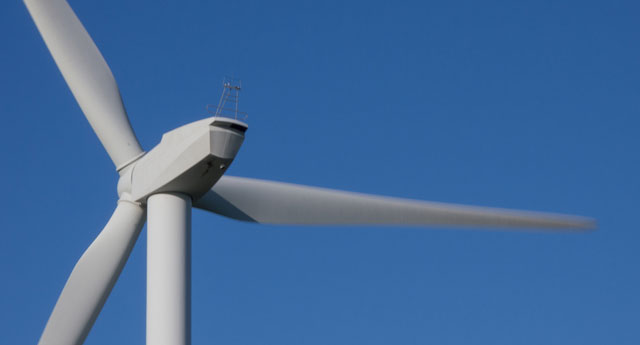
Africa could generate nearly a quarter of its energy needs through the use of indigenous, clean, renewable energy by 2030, according to a new report by the International Renewable Energy Agency (Irena).
The report, entitled Africa 2030, finds that a combination of modern renewable technology could realistically meet 22% of Africa’s energy needs by 2030, a more than a fourfold increase from just 5% in 2013.
The report also finds that scaling up modern renewables in Africa is an affordable means to help meet fast-growing energy demand while increasing energy access, improving health and achieving sustainability goals.
“Africa holds some of the best renewable energy resources in the world in the form of biomass, geothermal, hydropower, solar and wind,” said Irena director general Adnan Z Amin on Monday.
“This, combined with the precipitous drop in renewable energy technology costs, creates a massive opportunity for African countries to both transform and expand their energy systems while providing a pathway for low carbon economic growth.
“This is a game changer for African development for the future,” he said in an interview at the South African International Renewable Energy Conference. “It raises the prospect of an indigenous, diverse energy system that gives you resilience, that lowers carbon, and that gives you self-sufficiency in energy.”
He warned African countries looking at a mixed energy source of renewables, oil, coal and nuclear to “retain all your options”.
“Create an enabling environment for indigenous energy resources based on renewables,” he said. “Develop robust policy frameworks and look for international engagement to lower the cost of financing.”
He said South Africans are leaders in Africa in modern renewables. “What they’ve been able to do with [the] renewables model … is really very impressive.
“It’s a model that can be replicated in other countries and it’s a model we intend to study more for its applicability for other countries.”
The report identifies nearly 10 exajoules — the equivalent of more than 341 megatonnes of coal — of options for sustainable development through renewable energy. Roughly 40% of this energy would be in the power sector.
Renewable energy capacity additions could increase the share of modern renewables in the power sector to 50% by 2030, reducing carbon dioxide emissions by more than 310 megatonnes, the report explains. — Fin24




